Details of the Target
General Information of Target
Target Site Mutations in Different Cell Lines
Probe(s) Labeling This Target
ABPP Probe
| Probe name | Structure | Binding Site(Ratio) | Interaction ID | Ref | |
|---|---|---|---|---|---|
|
m-APA Probe Info |
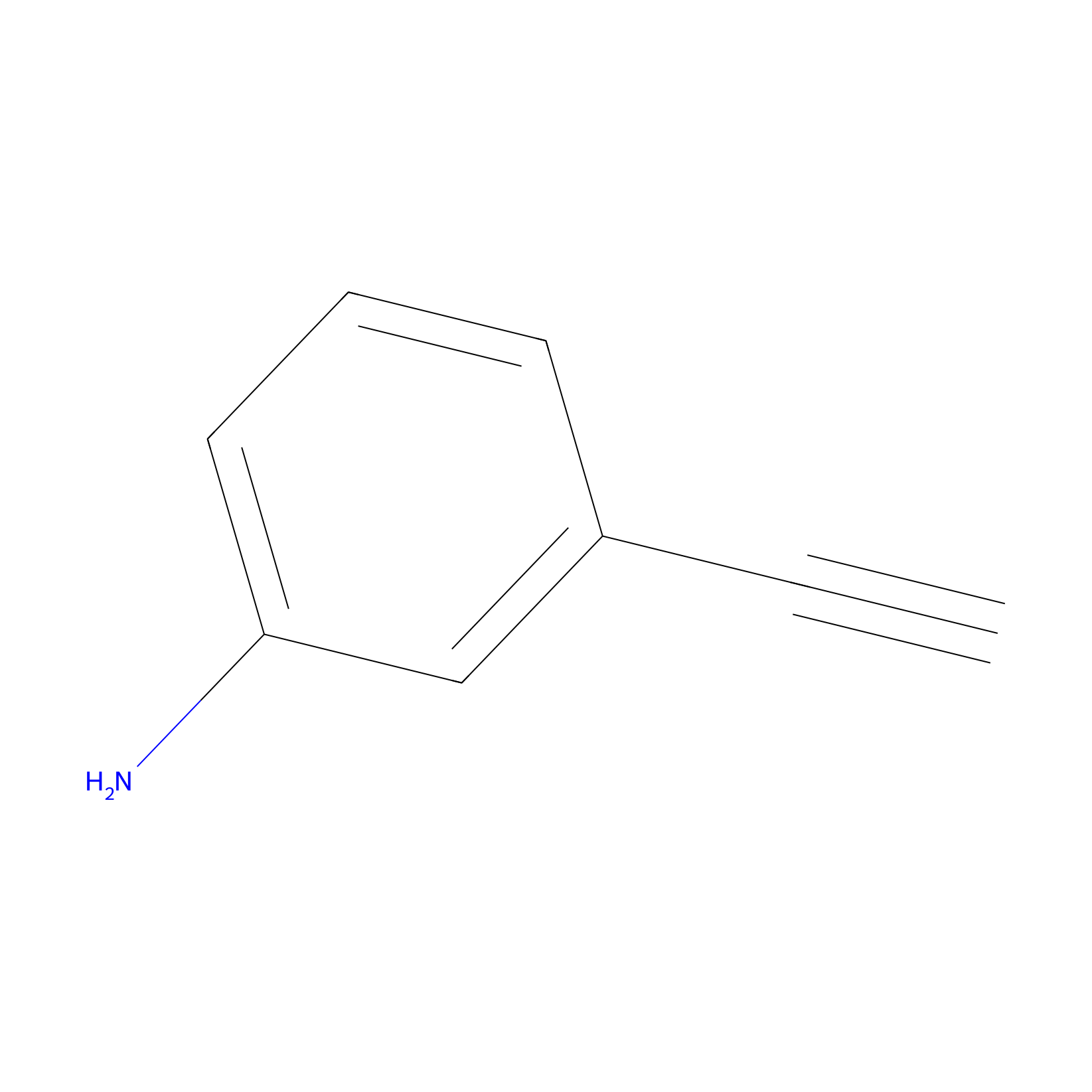 |
15.00 | LDD0402 | [1] | |
|
STPyne Probe Info |
 |
K240(1.15); K372(8.66); K521(9.09) | LDD0277 | [2] | |
|
IPM Probe Info |
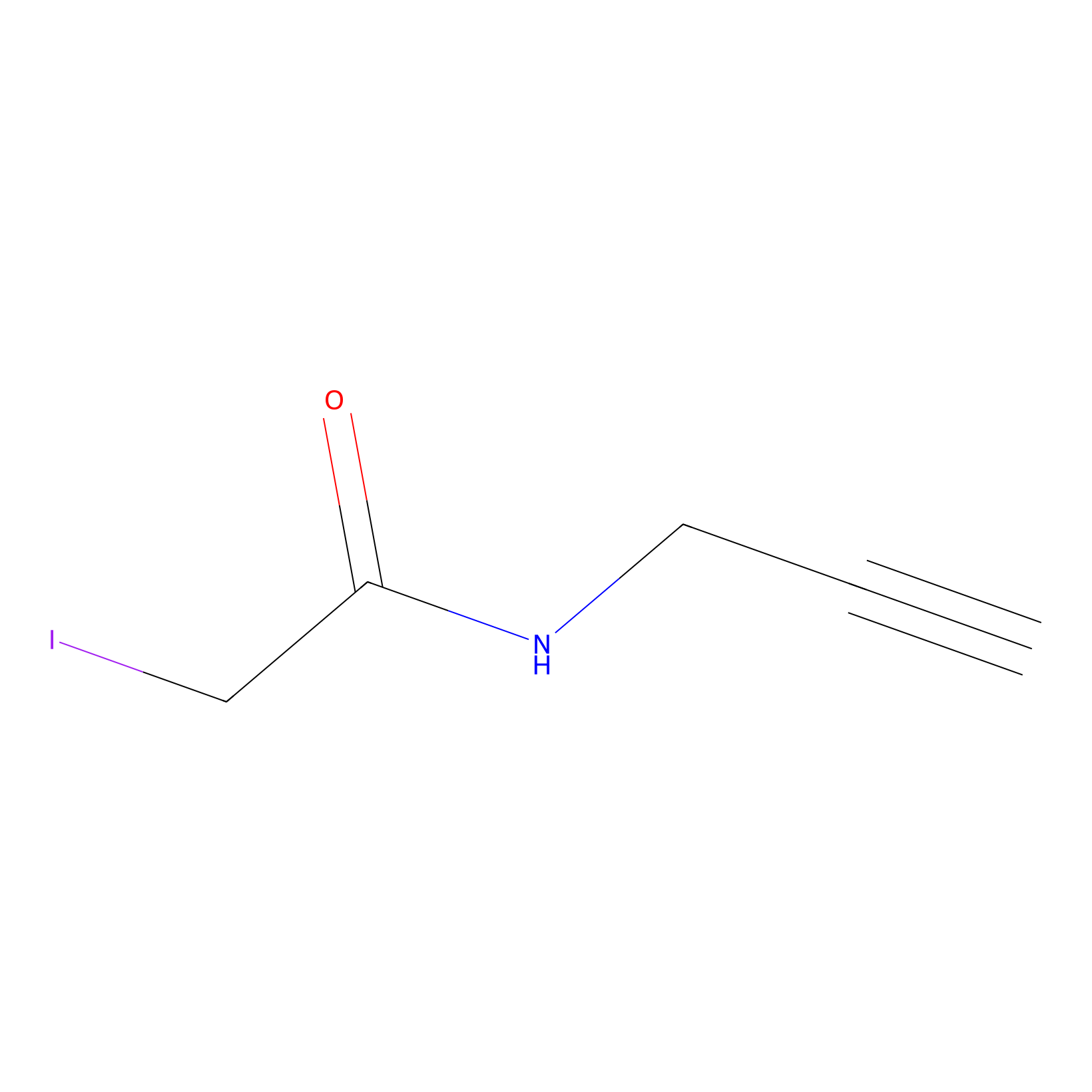 |
N.A. | LDD0241 | [3] | |
|
BTD Probe Info |
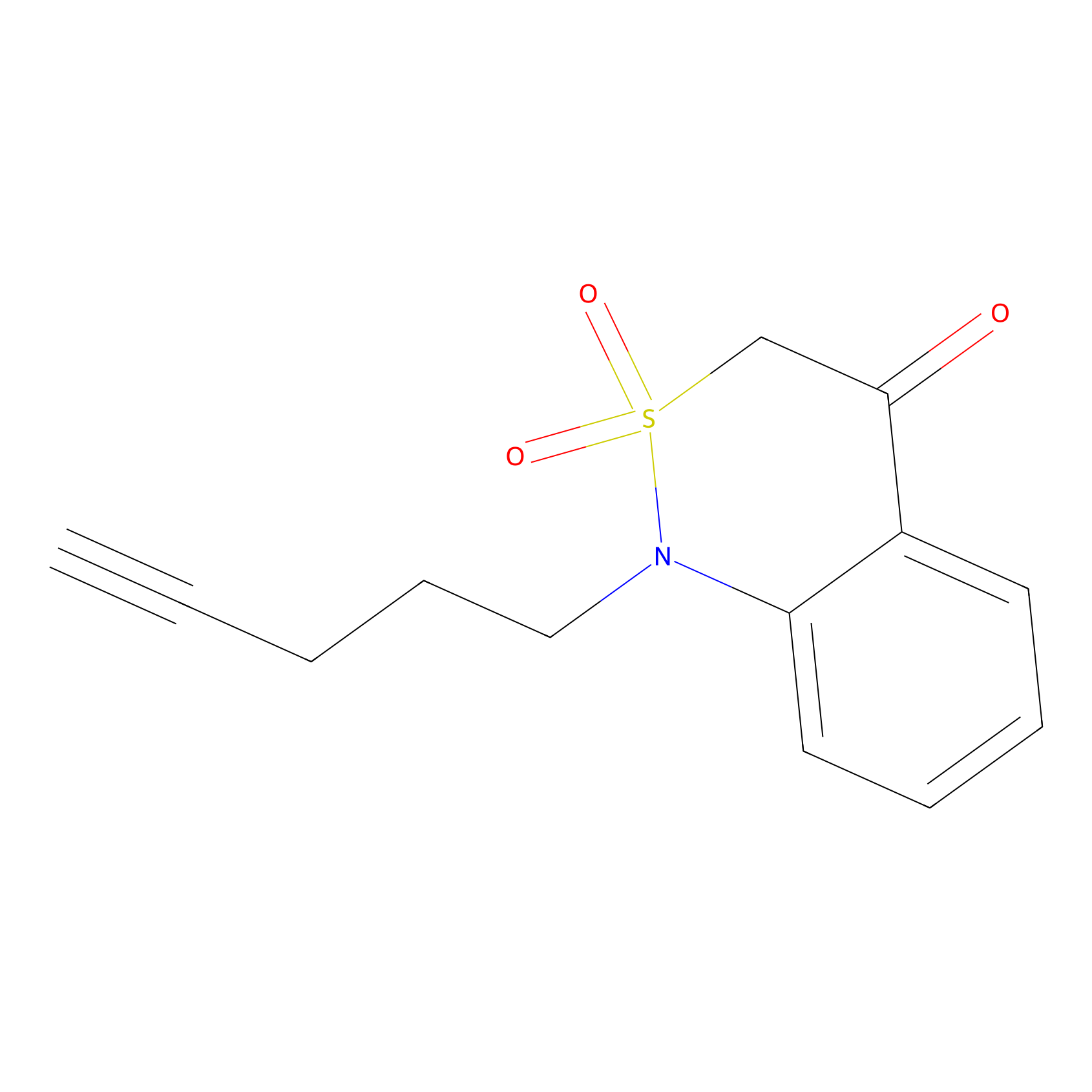 |
C412(0.97) | LDD2109 | [4] | |
|
HPAP Probe Info |
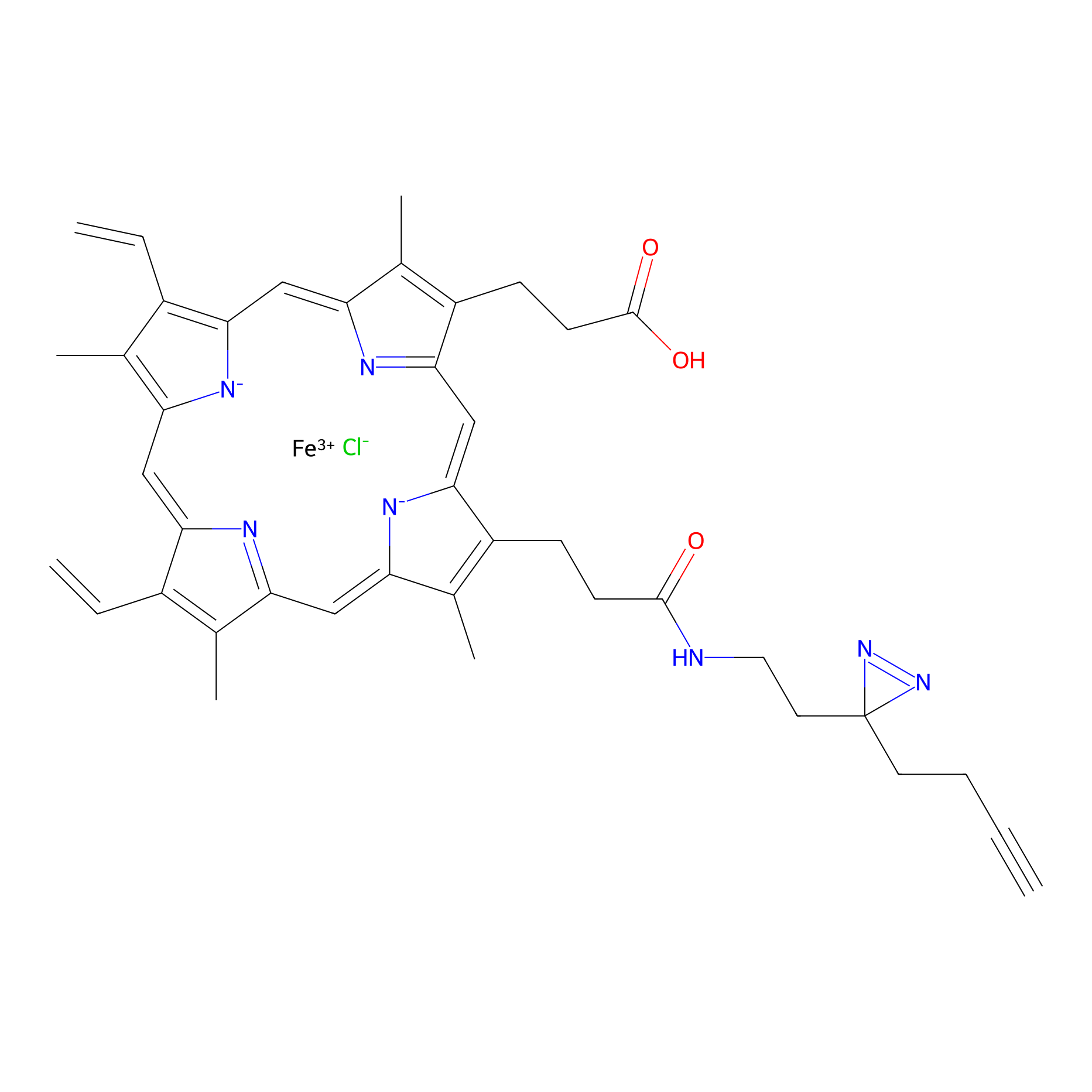 |
3.51 | LDD0063 | [5] | |
|
ATP probe Probe Info |
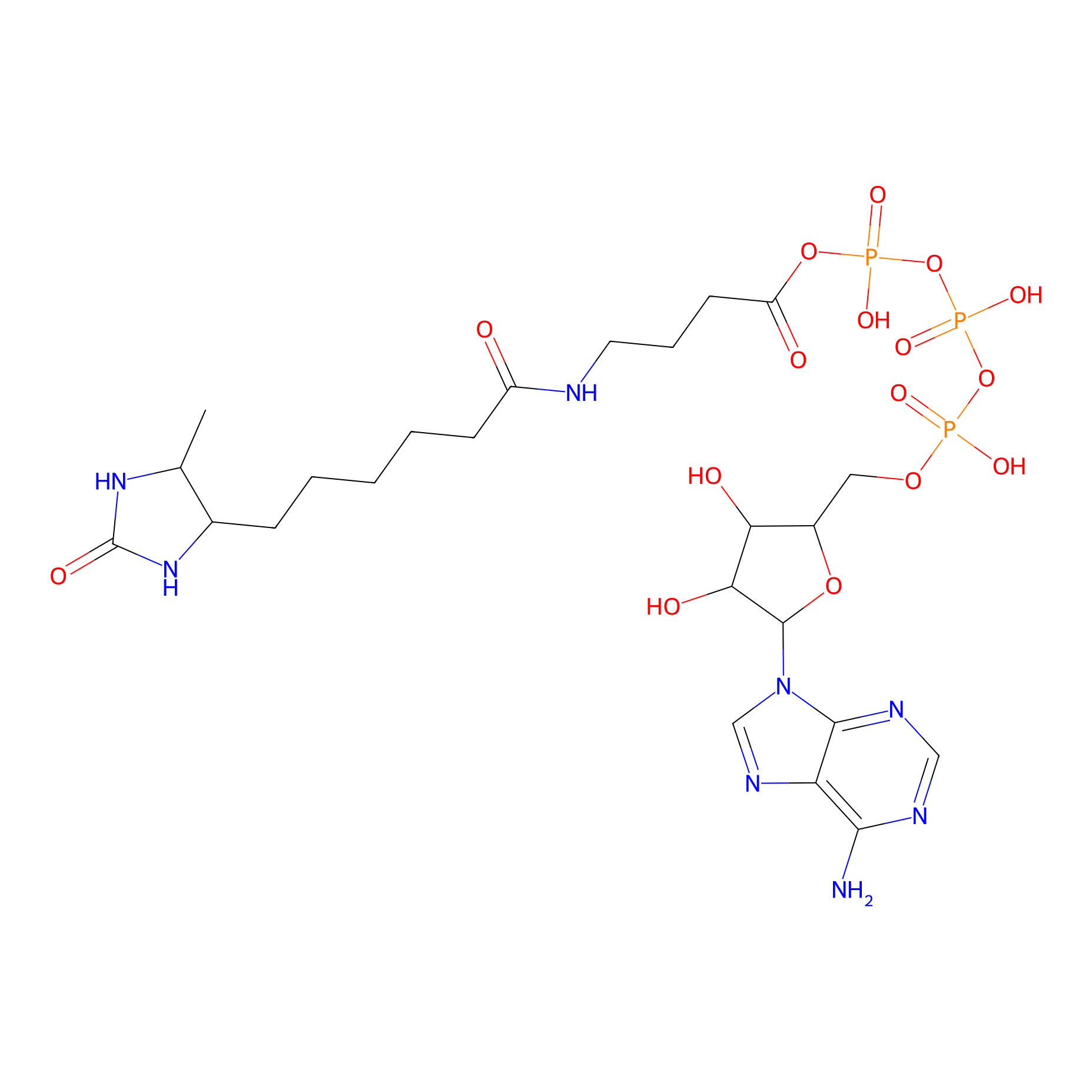 |
N.A. | LDD0199 | [6] | |
|
Lodoacetamide azide Probe Info |
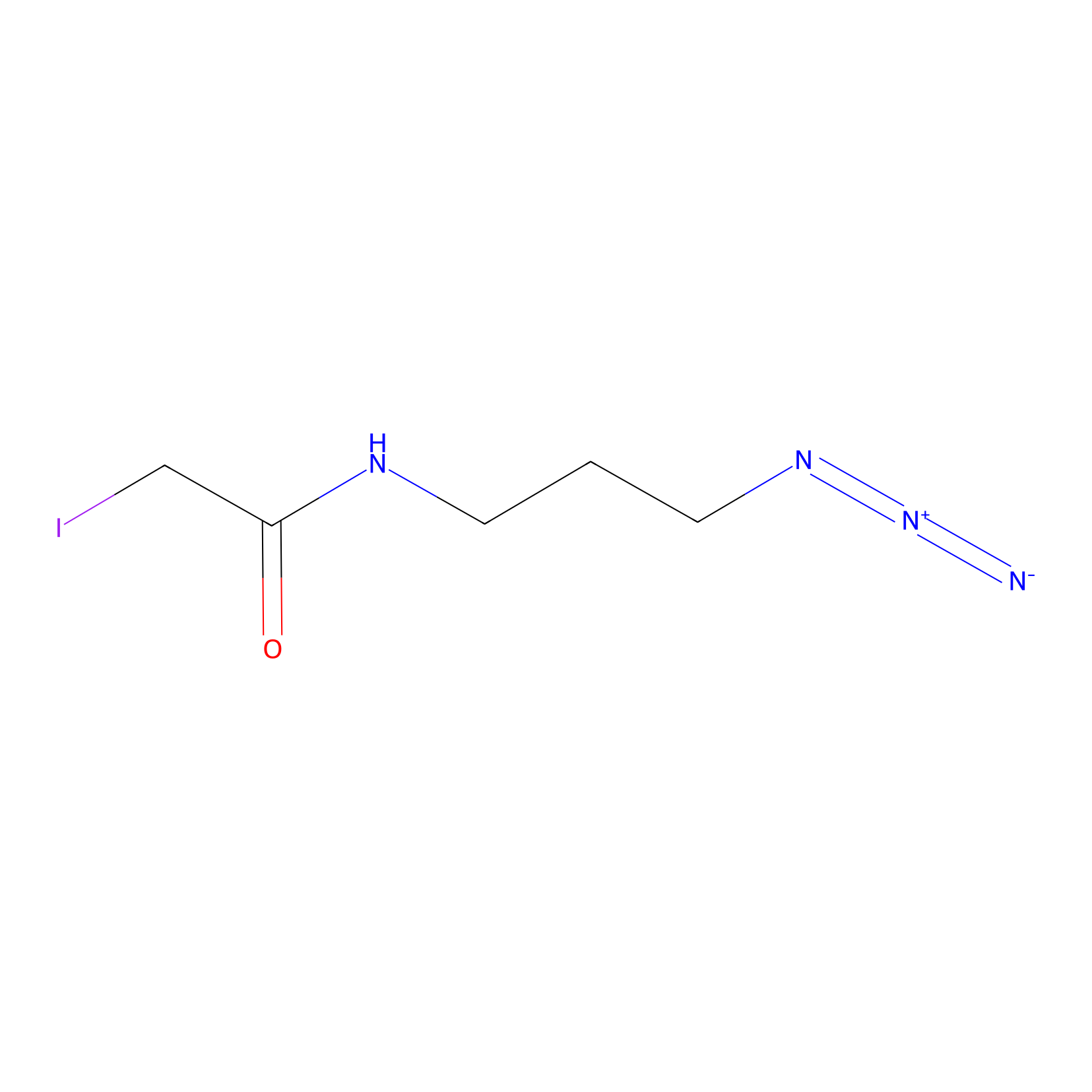 |
N.A. | LDD0037 | [7] | |
PAL-AfBPP Probe
| Probe name | Structure | Binding Site(Ratio) | Interaction ID | Ref | |
|---|---|---|---|---|---|
|
C191 Probe Info |
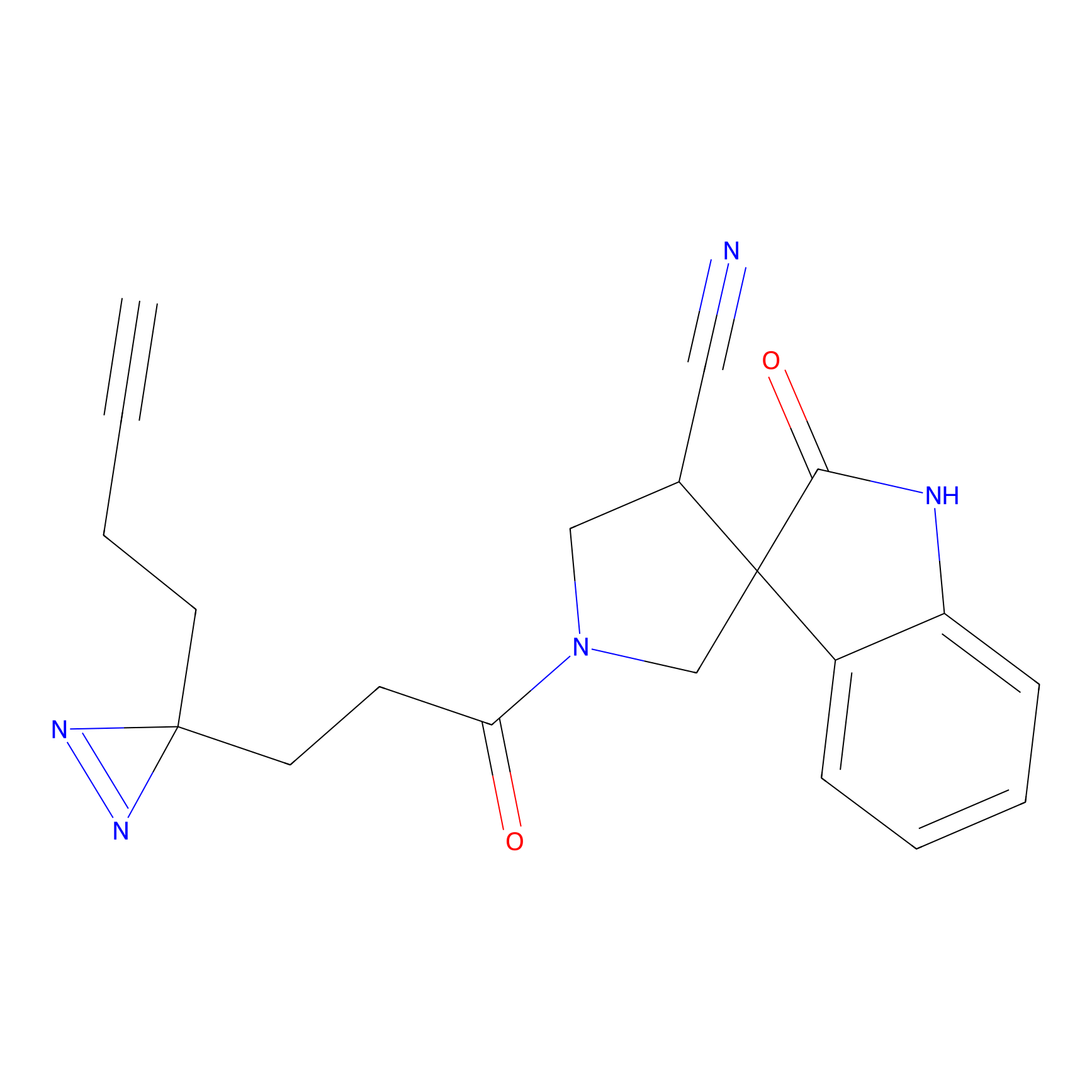 |
9.99 | LDD1868 | [8] | |
|
VE-P Probe Info |
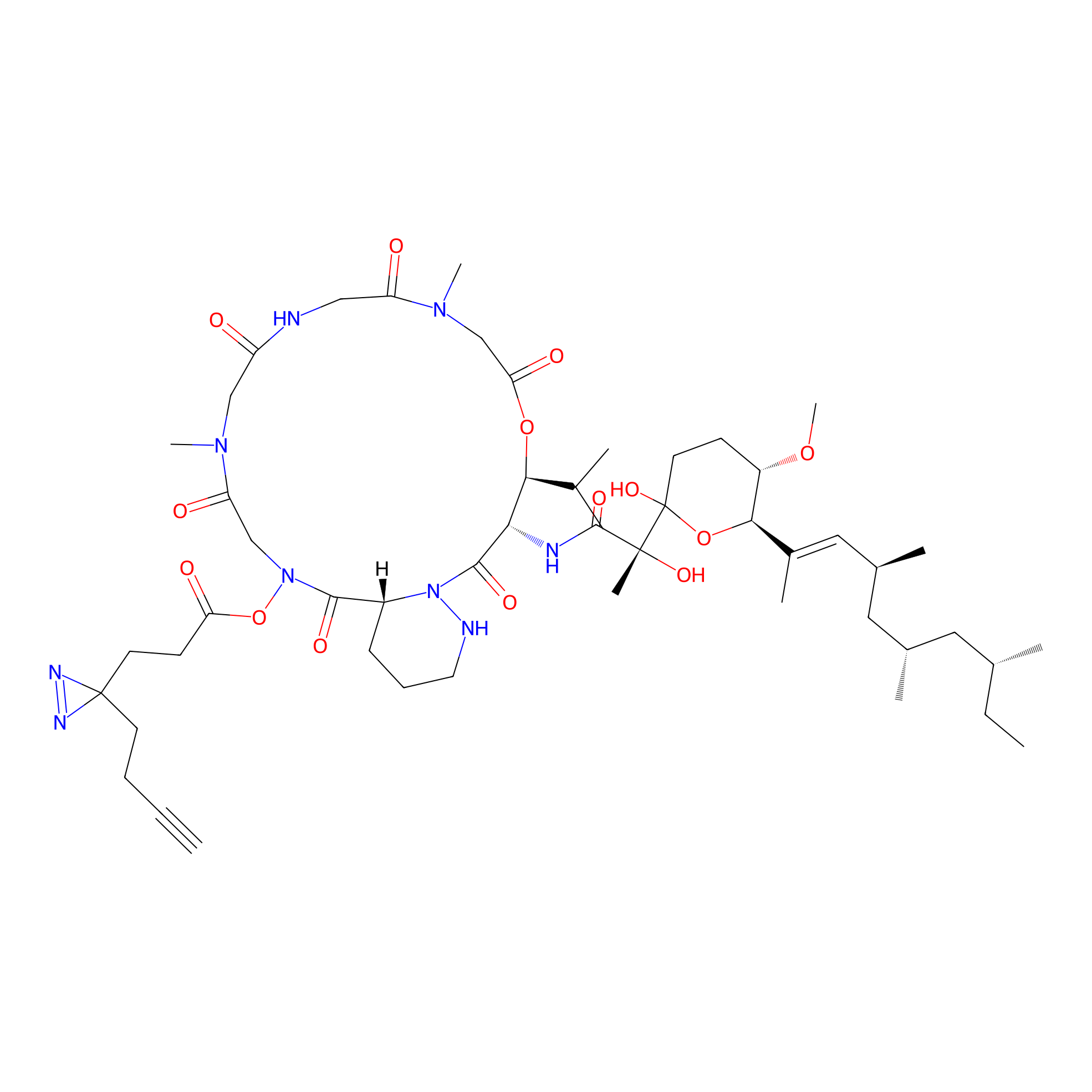 |
N.A. | LDD0396 | [9] | |
Competitor(s) Related to This Target
| Competitor ID | Name | Cell line | Binding Site(Ratio) | Interaction ID | Ref |
|---|---|---|---|---|---|
| LDCM0516 | Nucleophilic fragment 21a | MDA-MB-231 | C412(0.97) | LDD2109 | [4] |
| LDCM0526 | Nucleophilic fragment 26a | MDA-MB-231 | C412(1.77) | LDD2119 | [4] |
| LDCM0536 | Nucleophilic fragment 31 | MDA-MB-231 | C412(1.69) | LDD2129 | [4] |
| LDCM0543 | Nucleophilic fragment 38 | MDA-MB-231 | C412(1.76) | LDD2136 | [4] |
| LDCM0552 | Nucleophilic fragment 6a | MDA-MB-231 | C412(1.61) | LDD2146 | [4] |
| LDCM0014 | Panhematin | K562 | 3.51 | LDD0063 | [5] |
The Interaction Atlas With This Target
The Protein(s) Related To This Target
Transporter and channel
| Protein name | Family | Uniprot ID | |||
|---|---|---|---|---|---|
| Hairy/enhancer-of-split related with YRPW motif protein 1 (HEY1) | HEY family | Q9Y5J3 | |||
Transcription factor
| Protein name | Family | Uniprot ID | |||
|---|---|---|---|---|---|
| Basic leucine zipper transcriptional factor ATF-like 2 (BATF2) | BZIP family | Q8N1L9 | |||
| Homeobox protein MSX-2 (MSX2) | Msh homeobox family | P35548 | |||
Other
References
